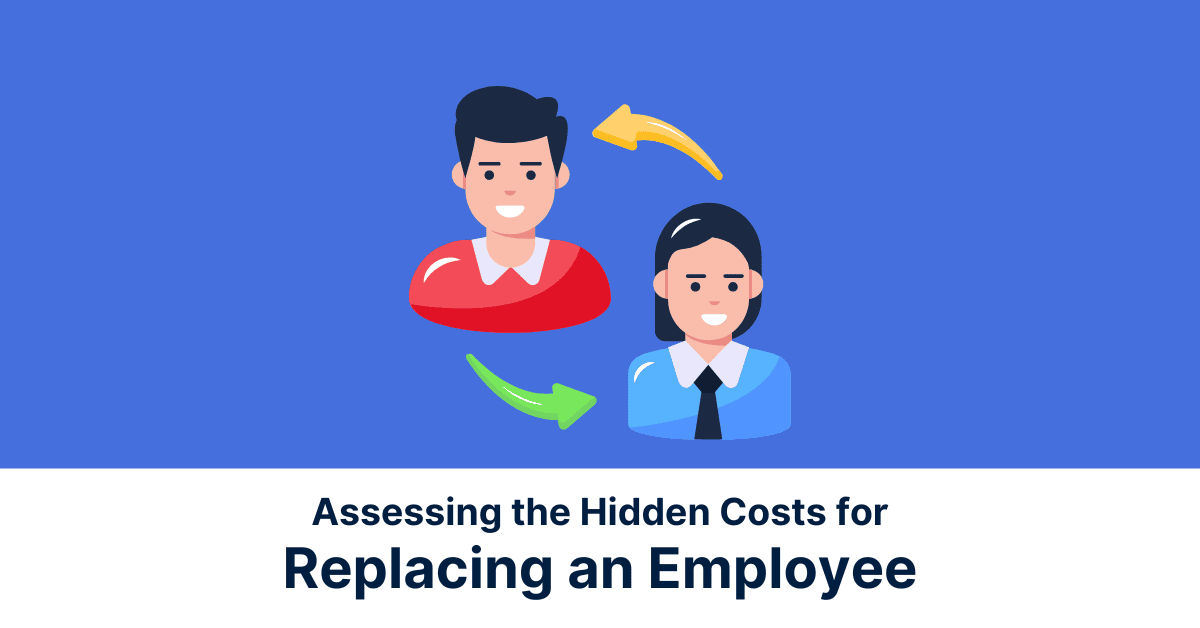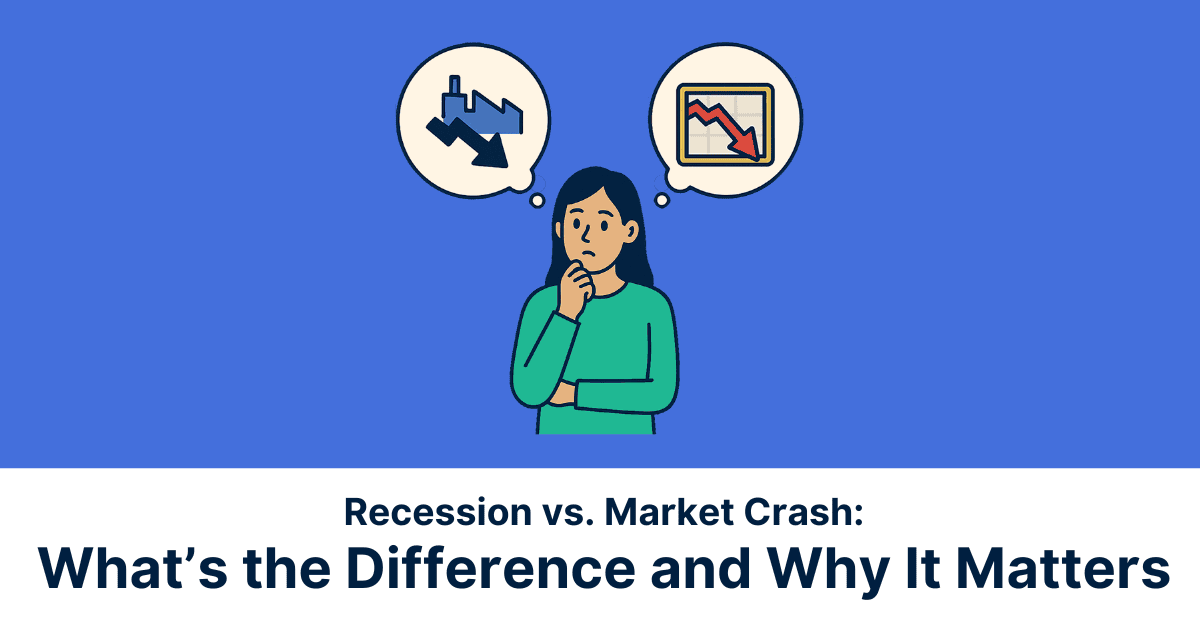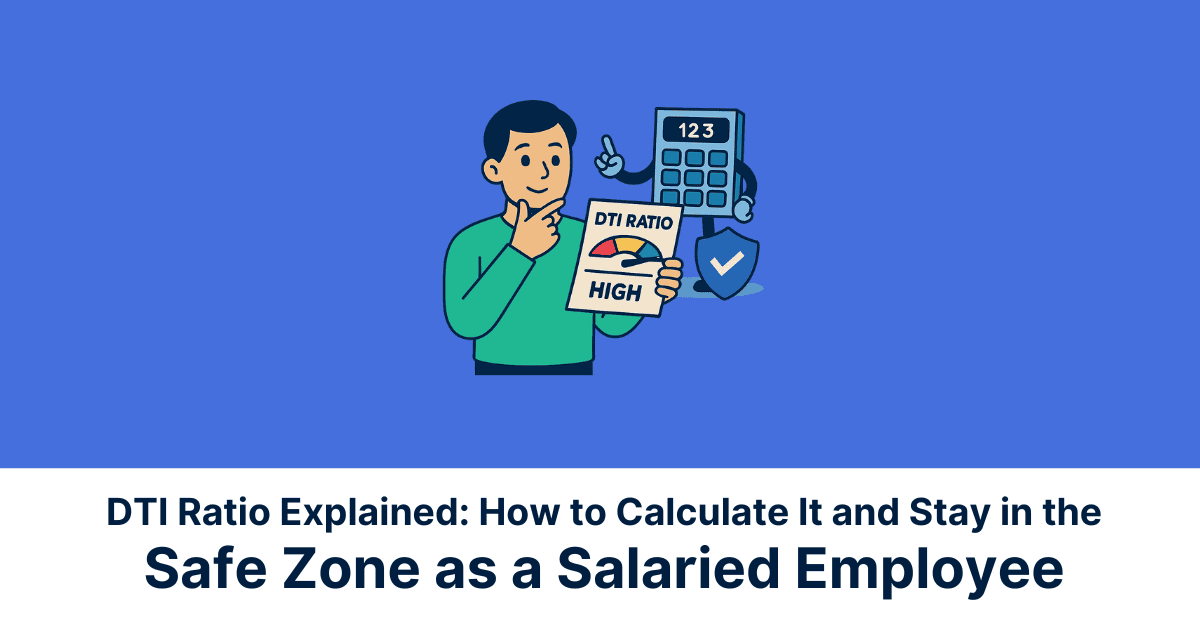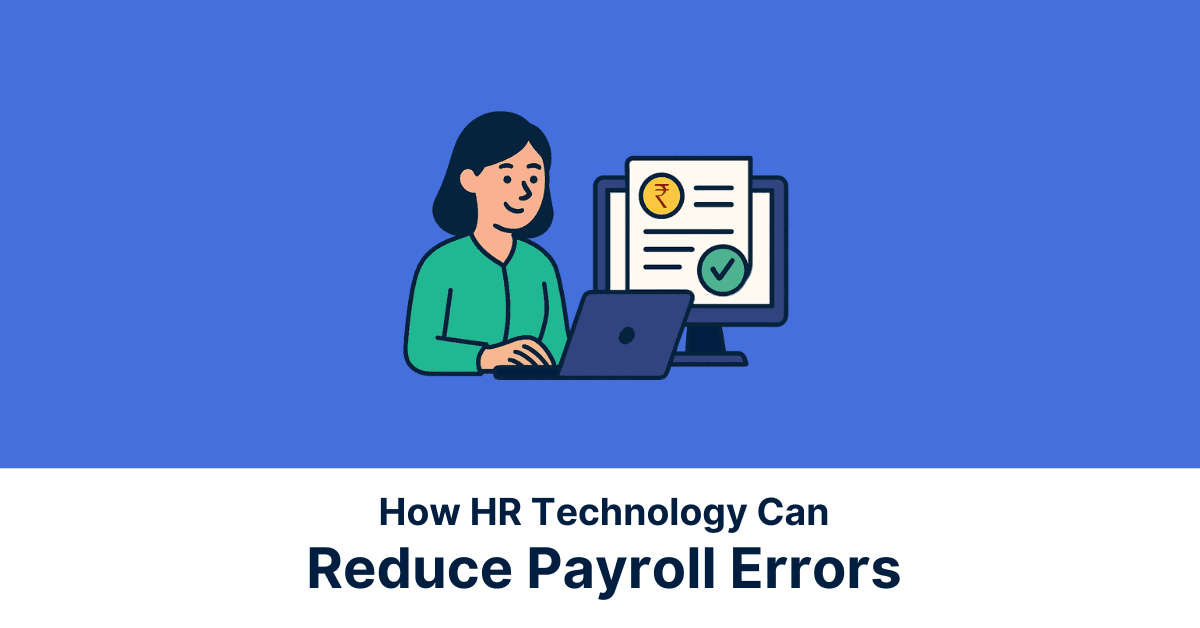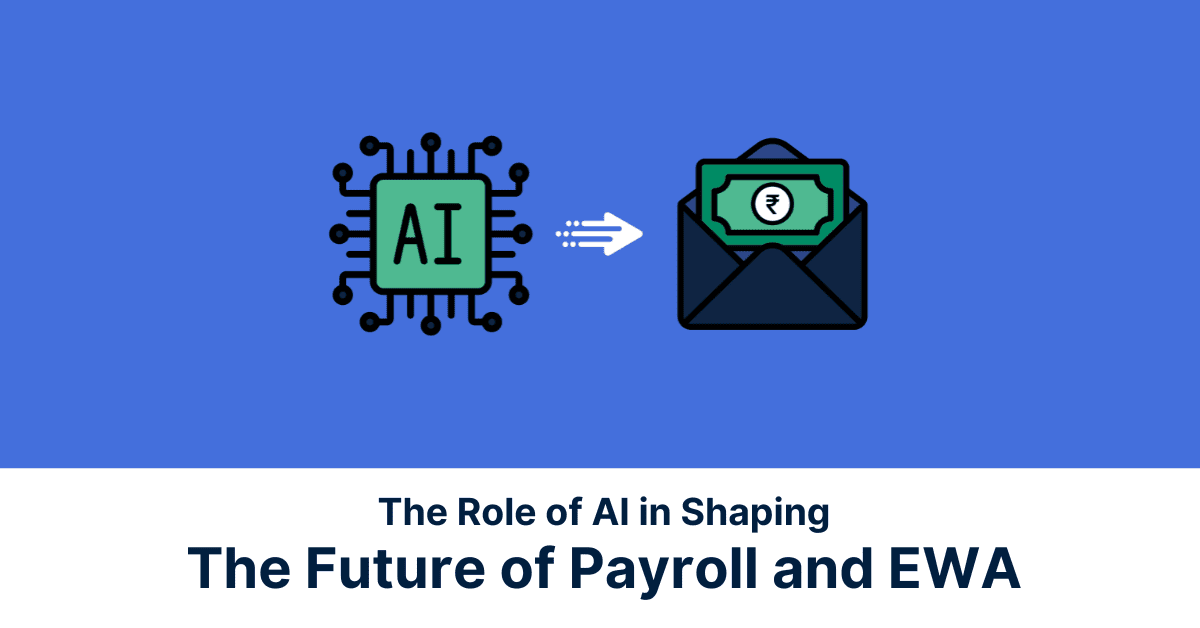A company’s greatest asset lies in its employees, particularly when they excel at what they do. Retaining them in an organisation is a far more challenging ordeal.
Losing an employee is a costly mistake that many companies fail to recognise. They assume that replacing an employee is simple and that they’ll save money by paying lower salaries. However, the true cost of employee turnover extends far beyond the loss of an individual worker. It’s about the loss of productivity, morale, profit, and, most importantly, time.
In this article, we will explore the hidden costs of employee replacement which often gets side-lined, and ways to keep an employee from leaving the organisation.
Here are some key aspects of the costs behind employee replacement:
1) Impaired productivity
When experienced workers leave, it disrupts established workflows and creates a void in institutional knowledge, skills, and relationships. This leads to a period of decreased efficiency as new hires learn the ropes. Team dynamics are also affected, causing delays and hindering overall performance.
The time taken for the team to adapt to the change further depletes productivity. This reduced productivity results in a tangible cost, both in terms of output reduction and potential missed opportunities.
2) Cost of recruitment
Replacing an employee involves many expenses, such as advertising the job, reviewing resumes, and conducting interviews. It also costs money to run background checks and assess skills. HR staff and hiring managers spend a lot of time on the recruiting process, which takes away from their other work. Efficiently managing recruitment can help reduce these costs.
3) Cost of onboarding
Training new staff involves expenses like orientation, training, and mentorship. You also need to pay for equipment, software, and a workspace. Moreover, experienced employee spends their time helping new hires to train and familiarise them with processes. Effective onboarding isn’t just about cost; it’s an investment that helps new employees succeed quickly, reducing productivity loss and maximising their contributions.
4) Cost of training
The cost of training employees who later leave the company is an irrecoverable cost. Additionally, new hires may require training, further increasing the overall cost of developing skills within the workforce.
5) Labour exhaustion
Labour exhaustion happens when the exit of employees places an additional burden on the remaining staff, escalating work demands to a point where it risks burnout. This causes a ripple effect where it strains the employees leading to a drop in their well-being and overall performance. Along with this comes an increase in stress levels leading to mental and physical exhaustion, thus causing lower job satisfaction and decreased productivity.
This is where addressing labour exhaustion becomes crucial for maintaining a healthy work environment and retaining talent. Not giving importance to this matter can lead to long-term negative impacts on the organisation and its people.
6) Impact on team morale
High employee turnover weakens team spirit. The continuous loss of team members creates an atmosphere of instability and uncertainty, reducing trust and hindering team synergy. On the other hand, trust is needed for churning effective teamwork. Frequent changes can disrupt the bonds that have been established and bring a lower sense of togetherness among the people.
Overall team output can take a downward slope when their morale declines. This is when proactive measures are required, which keep the work environment positive and stable.
7) Impact on client servicing
Employee turnover in customer-facing roles brings a significant challenge to client servicing. The exit of an employee can disrupt pre-existing relations that have been established.
Rebuilding new connections and credibility with clients becomes imperative, which demands considerable time and effort. The transition can lead to servicing gaps that can affect both sides and cause low satisfaction. Minimising turnover in client or customer-facing roles is vital to ensure seamless client servicing and uphold the trust of the client base.
8) Loss of unarticulated expertise
When experienced employees leave, they take with them their knowledge of how things work, which isn’t always written down.
This knowledge is called “tacit knowledge” because it’s not easily explained or transferred. It’s like knowing the best way to get things done without actually being told. When this knowledge is lost, it can make things difficult for new hires to learn how to do their jobs. It can also slow down the company and make it harder to solve problems quickly. That’s why it’s important to make sure that this knowledge is shared with new hires so that everyone can continue to work smoothly.
9) Altered professional climate
Frequent employee turnover changes the way people work together.
When people are always coming and going, it can make it hard for teams to work together well.
People may not be as willing to share ideas or work on long-term projects because they don’t know who will be around to finish the job. This can make it harder for the company to innovate and adapt to change. It’s important to manage attrition and turnover costs so that the company can have a stable and productive work environment.
10 ways to retain employees who are leaving
Retaining employees is important for organisational stability and success. Here are a few strategies that can help retain them and help curb the cost of replacing an employee.
- Show appreciation
- Communicate effectively with open channels
- Seek their feedback
- Trust their performance
- Provide opportunities for professional growth
- Provide flexible work options
- Give importance to employee wellness
- Provide On-Demand-Salary benefit
- Recognize their performance
- Negotiate an offer
Jify offers a seamless, user-friendly platform that allows your employees to access their salary on demand, bridging the gap between paydays and life’s unexpected expenses. No more waiting anxiously for the end of the month. Jify’s service ensures employees have the financial flexibility they deserve.
Conclusion
Employee turnover is a prevalent issue that many organisations face, often underestimating its far-reaching consequences and the hidden costs of replacing an employee. The cost of employee attrition extends beyond financial expenses, along with it comes lost productivity, strained morale, and a reduction in the client servicing base.
Especially during times of recession, companies should gear themselves for it. During such times, implementing an effective people strategy is crucial for cultivating organisational resilience; which aids the long-term credibility and success of the organisation.
*Disclaimer:
The information contained herein is not intended to be a source of advice concerning the material presented, and the information contained in this article does not constitute investment advice. The ideas presented in the article should not be used without first assessing your financial situation or without consulting a financial professional.
